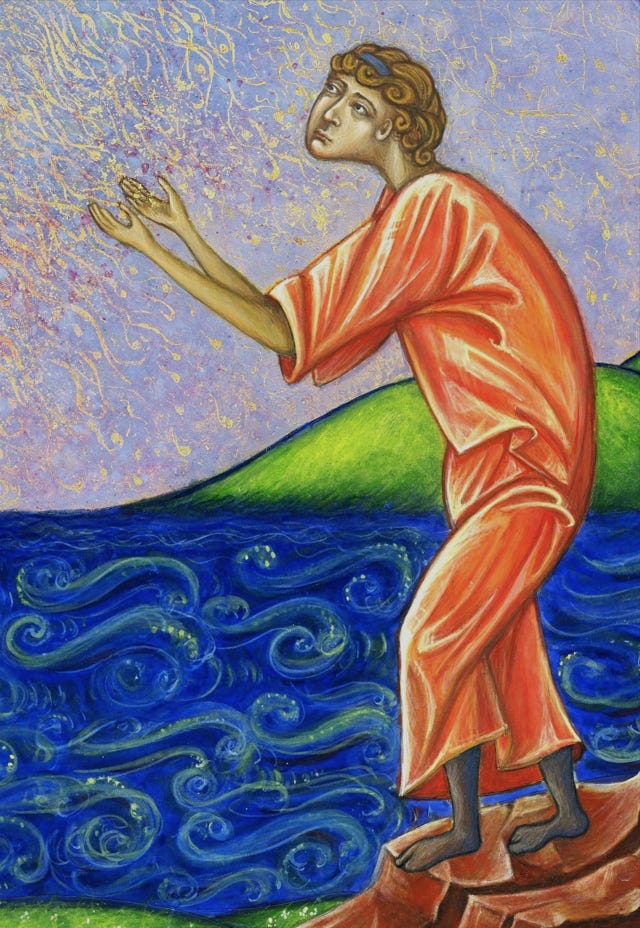Putting together the big, complex picture: Italo-Byzantine, Carolingian, Romanesque
Sacred art in the West was never a straight line
The myth of linearity

We can often have the impression, mostly from the way art history is presented in academia, that art in the West moved in a clean, straight line from early Christian mosaics to Gothic cathedrals and then flowered into the Renaissance; the ultimate goal to which all roads point. But that’s not at all what happened, either spiritually or artistically, and certainly not everywhere in “the West”. Indeed, these artistic and historical periods we so neatly label today are nearly all inventions of later - often much later - historians, who inevitably had their own ideological biases and even political axes to grind. No one in 15th century Florence knew anything about “the Renaissance”.
In the reality on the ground, Christian art of the early centuries developed regionally, with many overlapping influences, both political and spiritual. Sacred art, as we’ve seen, developed quite differently in Spain, Ireland, Germany and Italy; adopting but also reinterpreting “mainstream” visual trends - that is, the standard forms coming out of Constantinople - based on local theology, liturgy or political structures.
So, now a major challenge for art historians, and readers, looking at the timeline of sacred art is that it isn’t. A timeline, that is. It’s more of a web of mutual influences, theological shifts, cultural crosscurrents, revivals, resistances and deliberate returns to older forms or adoptions of newer. When we try to reduce this complex history to a straight line: Byzantine to Gothic to the Renaissance we can lose sight of what sacred art was actually for, and what it meant in its true contexts.
In short, the story of sacred art in the West after Iconoclasm isn’t linear.
In today’s post for paid subscribers, I’m going to try to present a more textured overview of how sacred art in the West actually developed after Iconoclasm; it was never a march toward modernity, but was a complex web of theological, monastic, political and regional traditions and meanings. All our work here has been to present this complex web. Instead of a straight line, we’re trying to trace the overlapping paths, deliberate choices and spiritual priorities that shaped the sacred image between the 8th and 14th centuries.
We’re going to summarise the work we’ve done in mapping the broader picture over the last few months and see if a picture starts to emerge. I hope you’ll join us.





